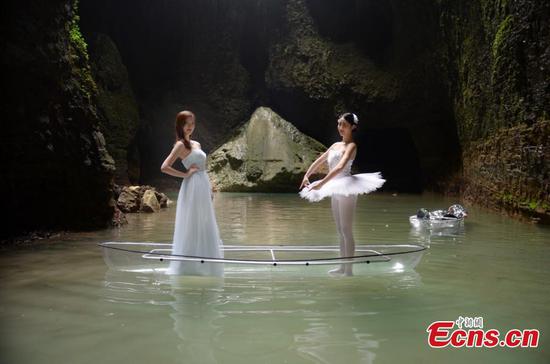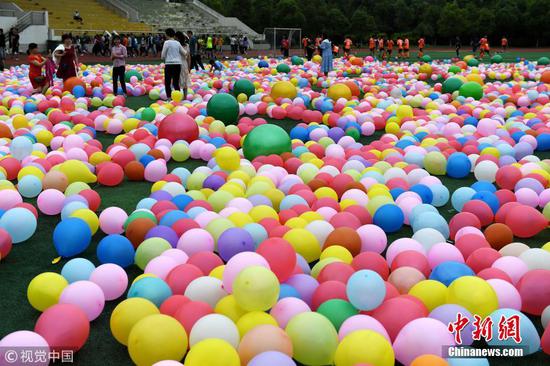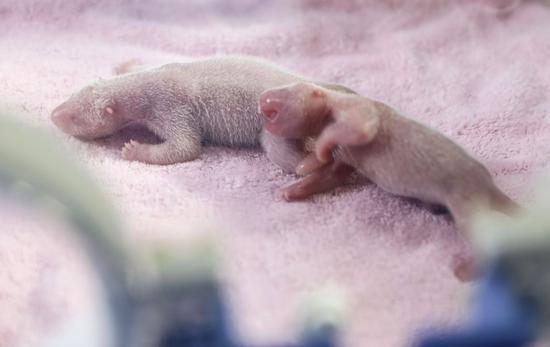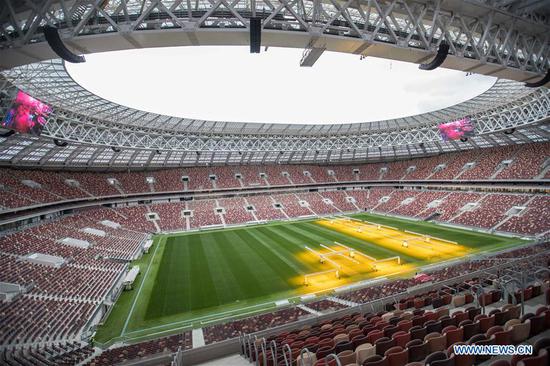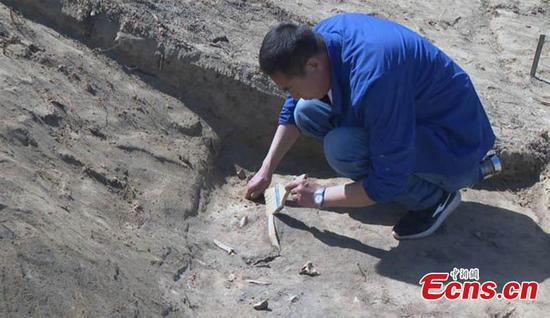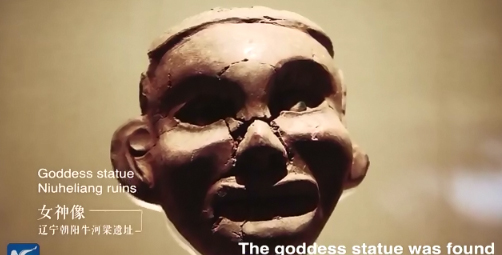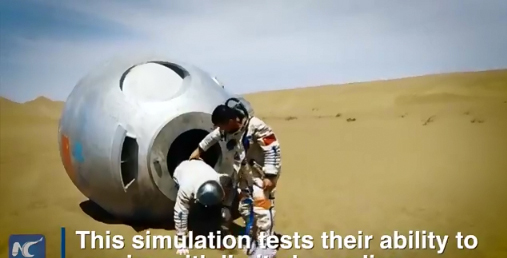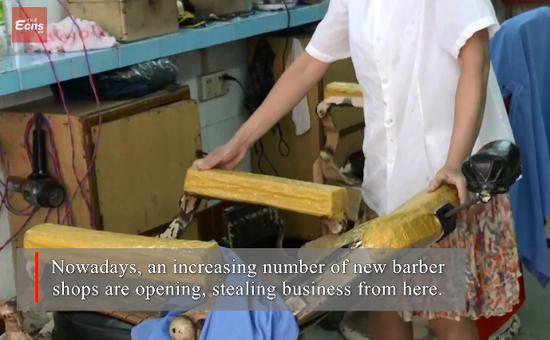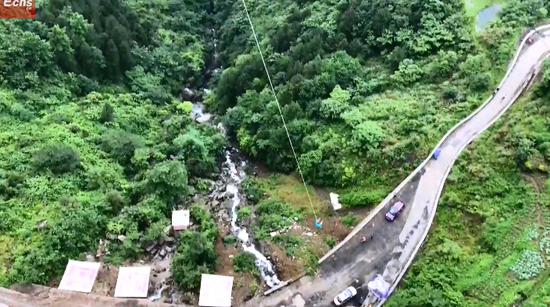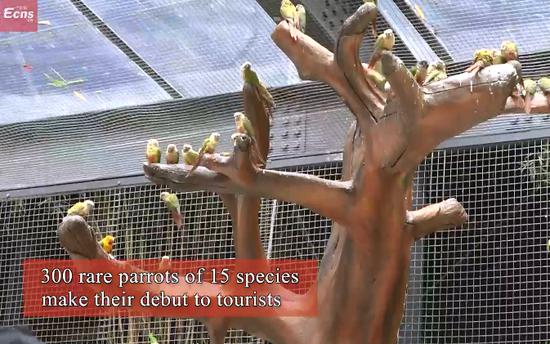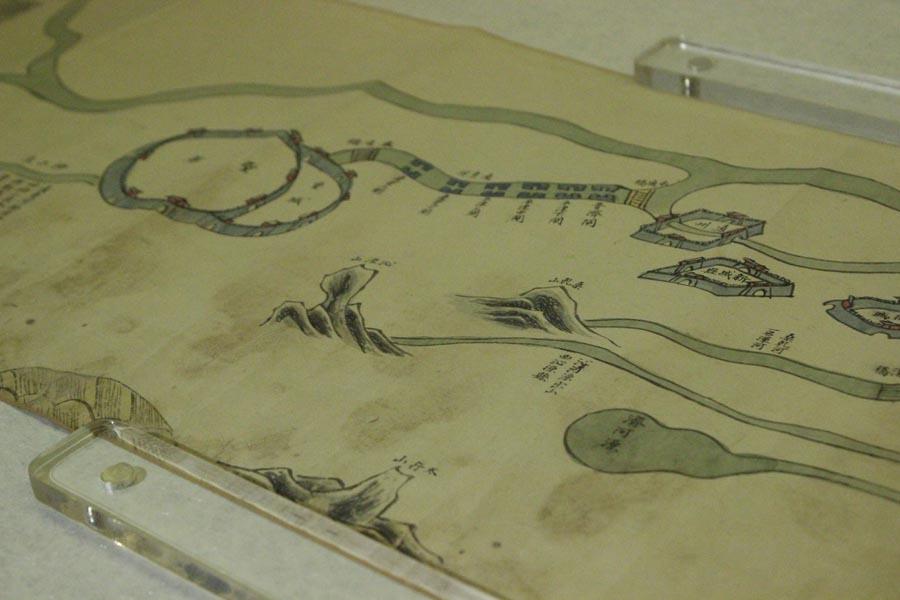
The exhibition of 169 displays at the Capital Museum in Beijing includes such items as a Qing Dynasty (1644-1911) map of the Grand Canal, and other cultural relics like daily items, pottery and construction materials. (Photo provided to China Daily)
Visiting an ongoing exhibition at the Capital Museum is like reading a book about eastern Beijing's Tongzhou. It tells of the area's early glory and how it was rejuvenated thanks to a canal.
The title of an ongoing exhibition in Beijing has four Chinese characters-Ji Fu Tong Hui (a key junction on the outskirts of the capital city)-which are an apt description of Tongzhou, a district in the eastern part of the capital.
Visiting the exhibition-comprising 169 displays-at the Capital Museum in Beijing is like opening a book about Tongzhou. It tells of its early glory and how it was rejuvenated thanks to a canal.
The district has been in the news in recent years after it was designated as Beijing's "sub-center". And this has led to the large-scale construction of infrastructure there.
But as construction began, a well-preserved ancient city dating to the Western Han Dynasty (206 BC-AD 24) was unearthed. The site has been identified as the remains of Luxian county from 195 BC. The find was among China's top 10 archaeological discoveries of 2016.
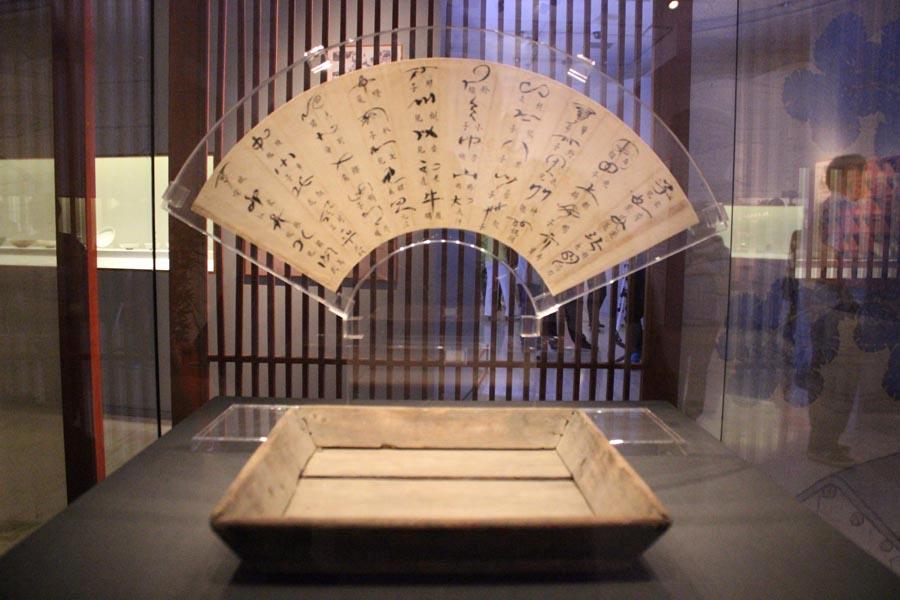
The exhibition of 169 displays at the Capital Museum in Beijing includes such items as a Qing Dynasty (1644-1911) map of the Grand Canal, and other cultural relics like daily items, pottery and construction materials. (Photo provided to China Daily)
Yu Ping, deputy director of the Beijing municipal administration of cultural heritage, says the find was never properly showcased to the public.
At the exhibition, daily items, pottery, construction materials and other cultural relics from the site are on display.
"The (Luxian) site is unique because it is the only discovered county-level city ruins from the Western Han Dynasty," says Gao Hongqing, curator of the exhibition. "It fills a void in our studies of urban construction and local government structure from that dynasty."
Gao says Luxian was closely connected with Beijing over the centuries.
In 938, the Liao Dynasty (916-1125) made Beijing one of its "five metropolises", and in 1153, the Jurchen ruler of the Jin Dynasty (1115-1234) moved its capital city to Beijing, making it the political center of northern China.
"Due to its pivotal position, the status of Tongzhou kept growing," says Gao.
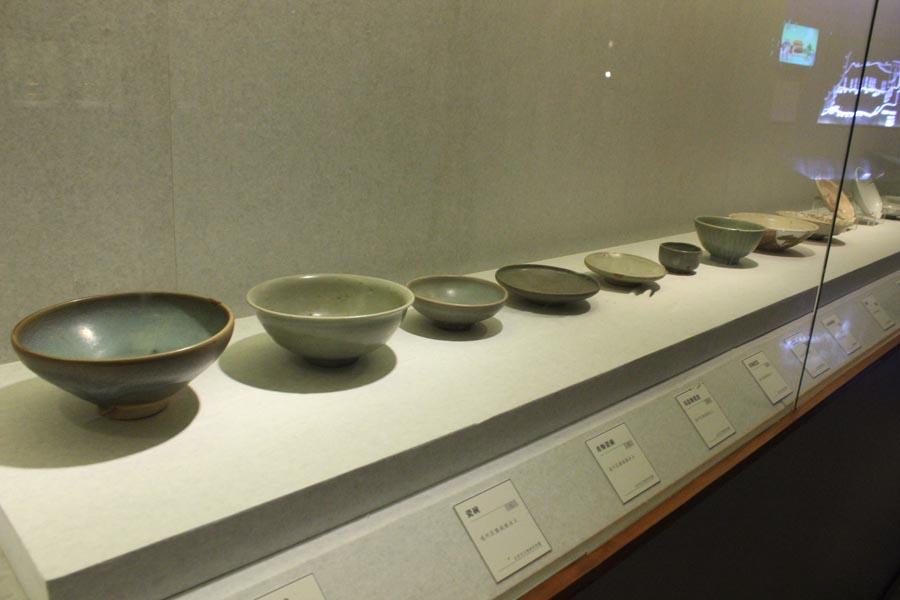
The exhibition of 169 displays at the Capital Museum in Beijing includes such items as a Qing Dynasty (1644-1911) map of the Grand Canal, and other cultural relics like daily items, pottery and construction materials. (Photo provided to China Daily)
Many artifacts from the Capital Museum's own collection, which were also unearthed in Tongzhou, are displayed. One of the items is a Liao Dynasty ceramic jar (pictured top) designed like leather bags used by nomadic people.
Kublai Khan's move to make Beijing the capital of the Yuan Dynasty (1271-1368) also gave a boost to Tongzhou's fortunes, especially after the construction of the Grand Canal, which links Beijing and Hangzhou, capital of Zhejiang province.
"The city expanded and the population also grew rapidly," says Gao. "And that created a greater need for food. Tongzhou then became a hub for food supply, which was transported via the canal from southern China."
According to historical records, there were as many as 13 state-owned silos in Tongzhou during the Yuan Dynasty.

The exhibition of 169 displays at the Capital Museum in Beijing includes such items as a Qing Dynasty (1644-1911) map of the Grand Canal, and other cultural relics like daily items, pottery and construction materials. (Photo provided to China Daily)
In 1329, as much as 3.5 million dan (a container that could hold about 75 kilograms) of rice was transported via the canal from southern China to Beijing.
In 2014, a section of canal in Tongzhou was put on the UNESCO World Heritage List.
Gao says that Tongzhou was a crucial link both during the Ming (1368-1644) and Qing (1644-1911) dynasties. And this is highlighted by some of the items on display like a plate used to weigh rice at Tongzhou's port.
There is a list of codes on display that shows there was a complicated system to check food quality and prevent fraud.
The Tongzhou District Museum also contributed some exhibits.
Zheng Xusheng, head of the museum, talks about a Qing map of the Grand Canal, from Beijing to Shandong province, from the reign of Yongzheng (1722-35).
According to Zheng, the map was taken to Japan during the War of Resistance Against Japanese Aggression (1931-45) but was brought back to China around 2000.
"You can still find many facilities that exist today on the map," he says.
The exhibition runs until July 23.








